David Stairs
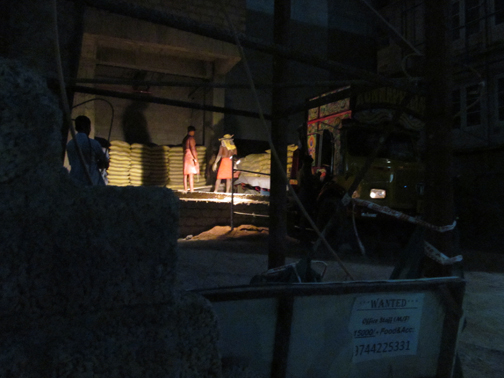
Workers unloading a truck at night
America, land of gizmos and gadgets, began its history so labor poor that it accepted the evil of slavery for more than three centuries before its Civil War eliminated the scourge.
India is very different.
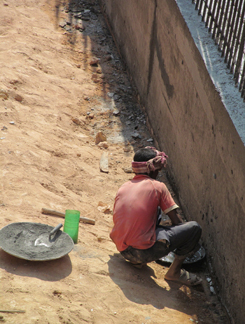
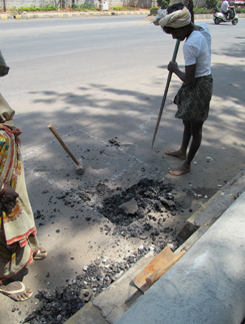
India, along with China, has been the most populous human society since the dawn of recorded history. A beautiful and resource-laden land, India was a prize fought over by countless invaders. Today, India’s 1.2 billion people and phenomenal population growth are scheduled to overtake China in size.

With 600,000,000 people below the poverty level, and with such a huge population, labor is cheap in India. One can observe most tasks reserved for heavy equipment in the West being performed manually in India.
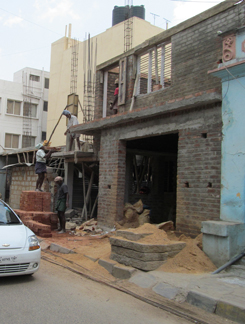
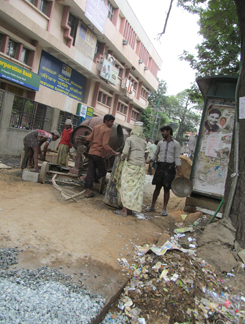
Here I think of construction workers, often women, carrying baskets of sand or concrete up work sites that have no pulleys, stairs, or elevators.
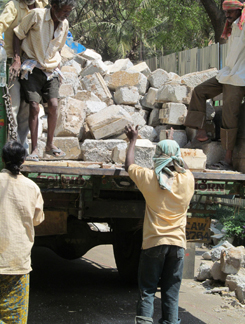
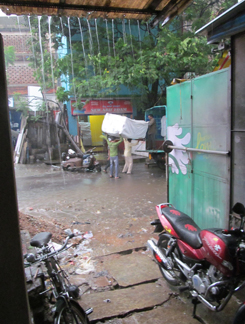
Consequently, there are always a few too many people on the job in India. At the supermarket, a man takes your purchase and hands it to someone else to ring up. Then a security guard asks for your receipt and stamps it. There is no reason for these rituals, except that the poorly paid positions serve the social function of employing someone.
Sleeping rickshawman, Pondicherry.
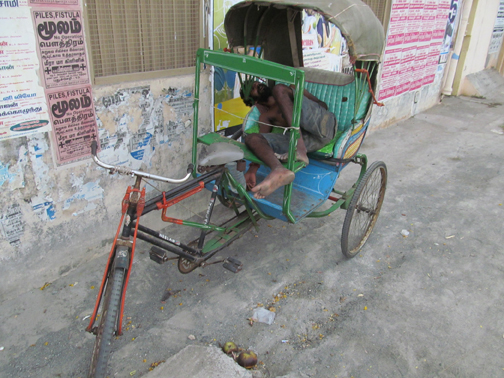
Redundancy is common. One rarely sees a lone policeman. If you see one, there are usually three more nearby.
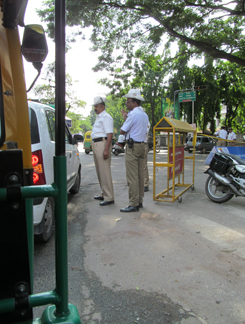

These portraits of Indian workers are presented in honor of all the Indian people, their work ethic, and their traditional approach to social harmony.
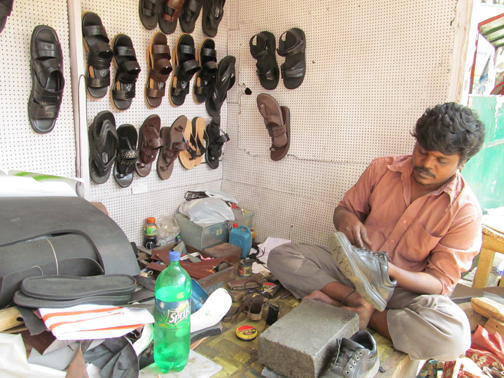
Shoewallah, Bangalore.
If Indians are to overcome the many stresses challenging their society, it is clear they will probably “work” their way through them. This won’t always be optimal. For now India is proof that poverty and low unemployment can exist side by side. But as Indians grow more familiar with the material perks of the Western democracies, social discontent may follow.

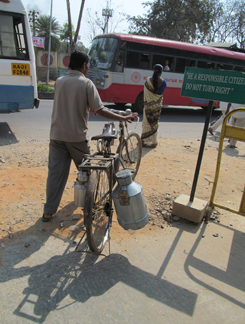
David Stairs is the founding editor of Design-Altruism-Project











Leave a Reply
You must be logged in to post a comment.